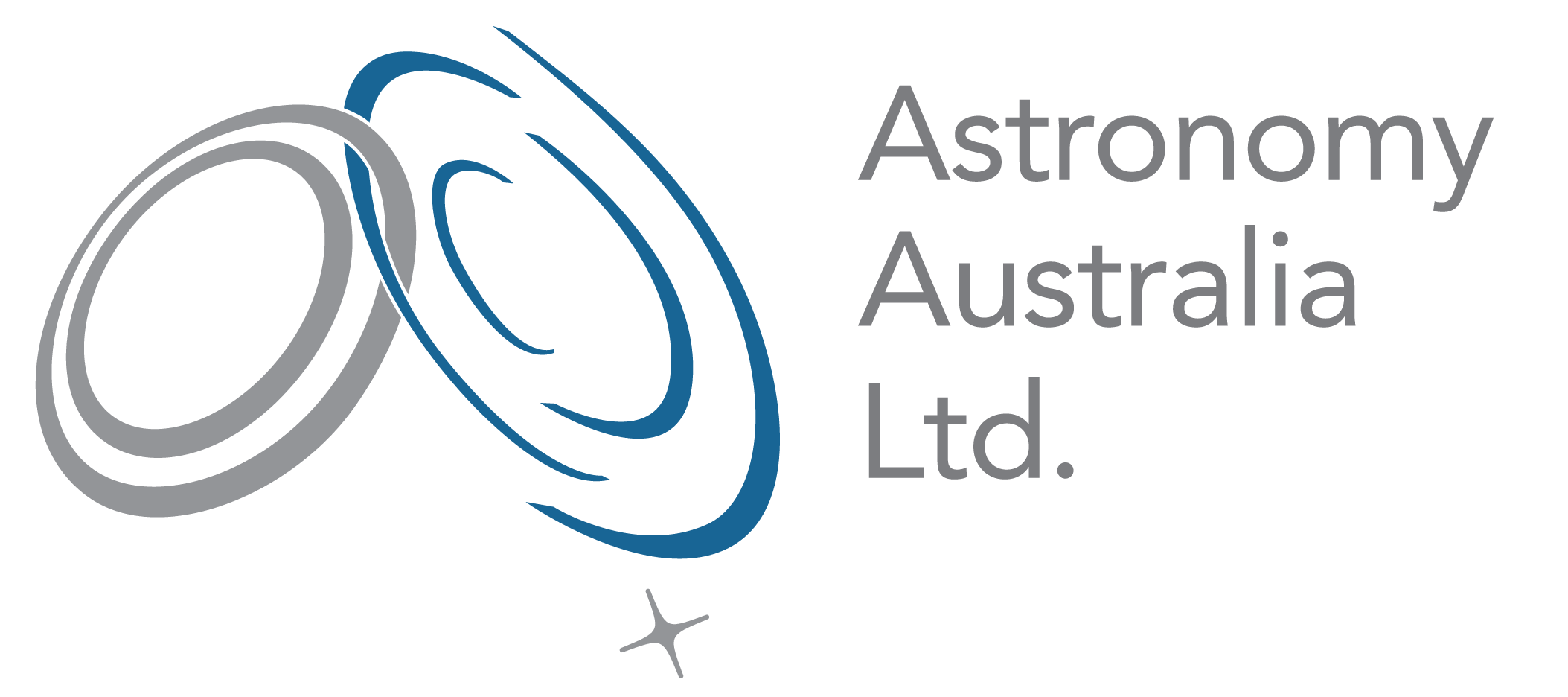
Registrations are now open for ACAMAR’s Workshop on VLBI: Towards a Sino-Australia high-sensitivity VLBI array, set to take place online between the 20th and 21st of October, 2022.
China and Australia are located in similar time zones, and an equatorial region of the sky can be simultaneously observed by telescopes in both countries. In addition, the combined array including the Chinese VLBI Network, the southern hemisphere Long Baseline Array (LBA), the Indian GMRT and the South African SKA can offer excellent uv-coverage for equatorial sources. The recent successful commissioning of VLBI experiments involving FAST, Shanghai Tianma 65m, Urumqi Nanshan 26m and LBA reminds us of the phrase “the whole is greater than the sum of the parts” and showcases the possibility of an Asia-Pacific L-band high-sensitivity VLBI array formed with LBA, FAST and other Chinese telescopes (and even telescopes further afield) within a 5-year time frame. Hence, FAST VLBI would serve as an imminent testbed of a high-sensitivity VLBI array in the pre-SKA era.
Both China and Australia’s radio astronomy communities have abundant expertise and facilities for constructing a high-sensitivity VLBI array. This workshop will focus on building potential Sino-Australian collaboration related to the establishment and operation of an equatorial high-sensitivity VLBI network and will provide a great opportunity for VLBI-related researchers from both countries to present their fresh scientific results and the latest developments in VLBI facilities and technologies. You can find out further details from the workshop website.
In conjunction with invited talks and discussions, we are also calling for interested participants to submit contributed talks. The deadline for abstract submission is 10 September 2022 and can be done via the workshop website. Based on the scientific merits and the degree of relevance, the SOC will decide the final list of contributed talks and inform successful speakers as soon as possible.
Please direct any workshop-related enquiries to AAL Program Manager Shona Madoc. We look forward to seeing you at the workshop.
